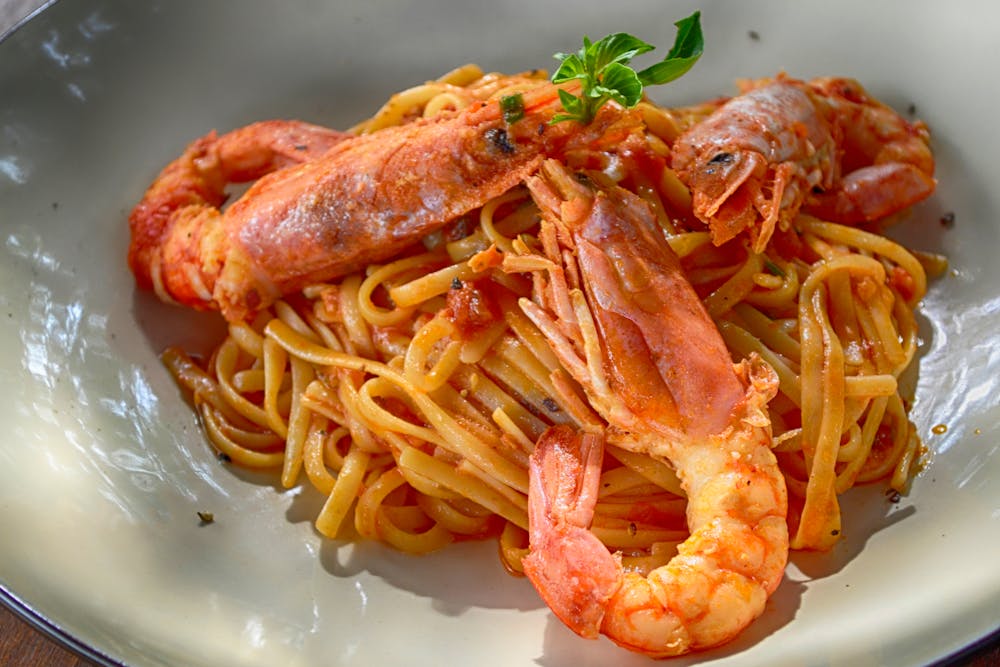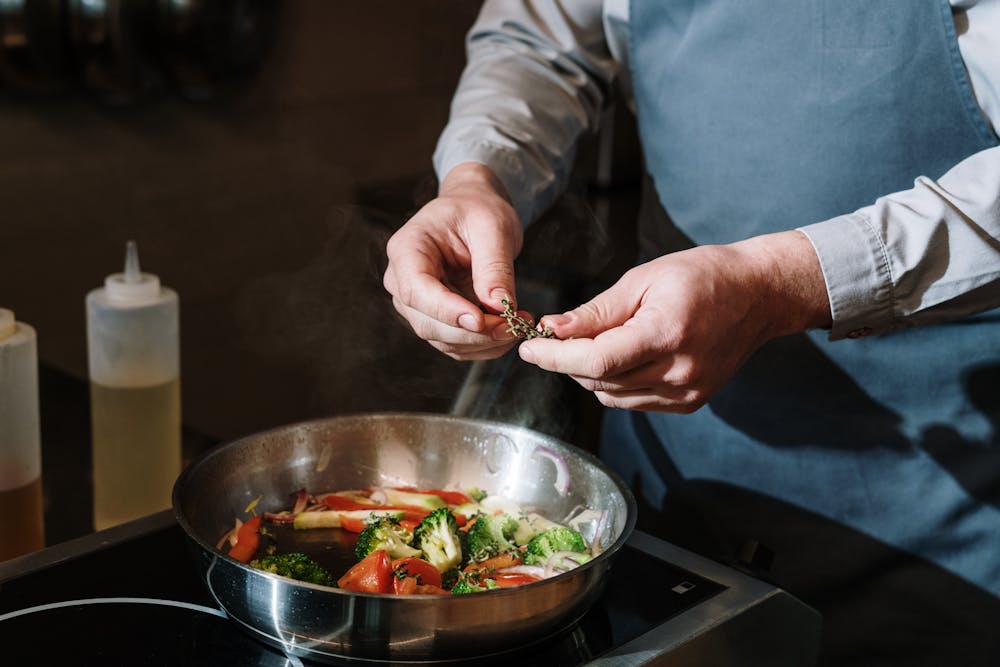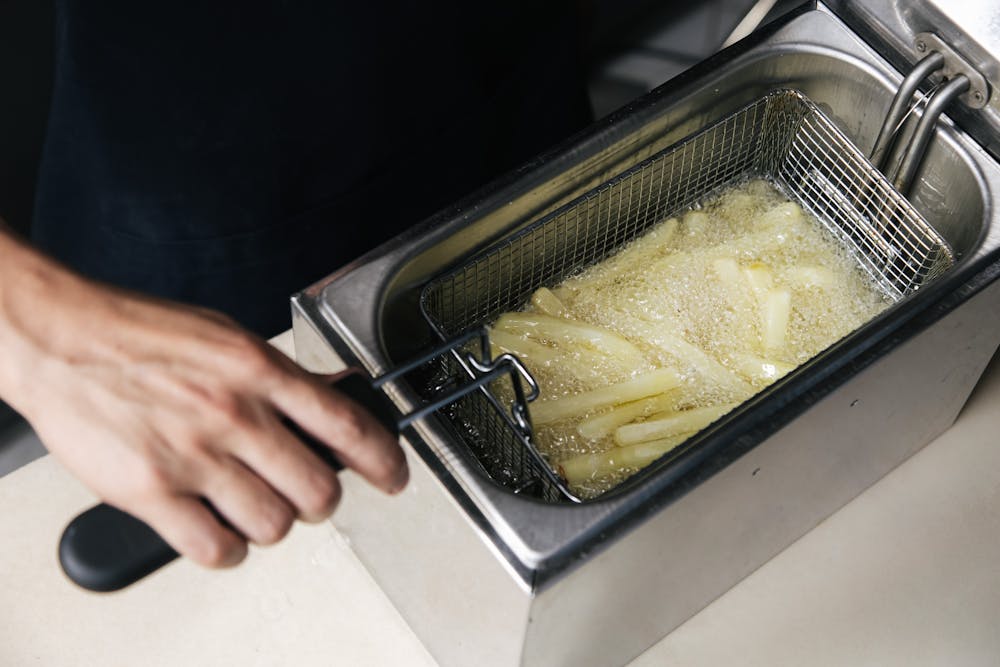Choosing and using cooking oils effectively is a fundamental aspect of cooking that I’ve learned to appreciate through years of experimenting in the kitchen. Oils play a crucial role in flavoring dishes, providing moisture, and even affecting the texture of our food. Here’s what I’ve discovered about selecting and utilizing cooking oils:
 1. **Consider Smoke Point**: The smoke point of an oil is the temperature at which it begins to smoke and break down, leading to a burnt flavor and potentially harmful compounds. When choosing an oil for cooking, consider the smoke point, especially if you’re using high-heat cooking methods like frying or sautéing. Oils with higher smoke points, such as avocado oil, peanut oil, and refined olive oil, are better suited for high-heat cooking, while oils with lower smoke points, like extra virgin olive oil and flaxseed oil, are best used for low-heat cooking or as finishing oils.
1. **Consider Smoke Point**: The smoke point of an oil is the temperature at which it begins to smoke and break down, leading to a burnt flavor and potentially harmful compounds. When choosing an oil for cooking, consider the smoke point, especially if you’re using high-heat cooking methods like frying or sautéing. Oils with higher smoke points, such as avocado oil, peanut oil, and refined olive oil, are better suited for high-heat cooking, while oils with lower smoke points, like extra virgin olive oil and flaxseed oil, are best used for low-heat cooking or as finishing oils.
 2. **Understand Flavor Profiles**: Different oils have distinct flavor profiles that can enhance or detract from the taste of your dish. For example, olive oil adds a fruity and slightly peppery flavor, while sesame oil lends a nutty and aromatic taste. Consider the flavor of the oil and how it complements the other ingredients in your dish when making your selection.
2. **Understand Flavor Profiles**: Different oils have distinct flavor profiles that can enhance or detract from the taste of your dish. For example, olive oil adds a fruity and slightly peppery flavor, while sesame oil lends a nutty and aromatic taste. Consider the flavor of the oil and how it complements the other ingredients in your dish when making your selection.
 3. **Know Your Fats**: Cooking oils contain different types of fats, including saturated, monounsaturated, and polyunsaturated fats. Each type of fat behaves differently when exposed to heat and can affect the nutritional value of your food. Aim for a balance of fats in your diet by incorporating a variety of oils into your cooking routine.
3. **Know Your Fats**: Cooking oils contain different types of fats, including saturated, monounsaturated, and polyunsaturated fats. Each type of fat behaves differently when exposed to heat and can affect the nutritional value of your food. Aim for a balance of fats in your diet by incorporating a variety of oils into your cooking routine.
 4. **Choose Unrefined Oils for Flavor**: Unrefined or cold-pressed oils are minimally processed and retain more of their natural flavor and nutrients. These oils are best used in dishes where their flavor can shine, such as salad dressings, dips, and marinades. Keep in mind that unrefined oils have lower smoke points and may not be suitable for high-heat cooking.
4. **Choose Unrefined Oils for Flavor**: Unrefined or cold-pressed oils are minimally processed and retain more of their natural flavor and nutrients. These oils are best used in dishes where their flavor can shine, such as salad dressings, dips, and marinades. Keep in mind that unrefined oils have lower smoke points and may not be suitable for high-heat cooking.
 5. **Use Neutral Oils for Versatility**: Neutral-flavored oils, such as canola oil, vegetable oil, and grapeseed oil, are versatile options that can be used in a wide range of dishes. These oils have relatively high smoke points and mild flavors, making them suitable for frying, roasting, baking, and sautéing.
5. **Use Neutral Oils for Versatility**: Neutral-flavored oils, such as canola oil, vegetable oil, and grapeseed oil, are versatile options that can be used in a wide range of dishes. These oils have relatively high smoke points and mild flavors, making them suitable for frying, roasting, baking, and sautéing.
 6. **Store Oils Properly**: To maintain the freshness and quality of your cooking oils, store them in a cool, dark place away from heat and light. Oils can become rancid when exposed to air, light, and heat, so it’s essential to seal them tightly and use them within their recommended shelf life.
6. **Store Oils Properly**: To maintain the freshness and quality of your cooking oils, store them in a cool, dark place away from heat and light. Oils can become rancid when exposed to air, light, and heat, so it’s essential to seal them tightly and use them within their recommended shelf life.
 By understanding the characteristics of different cooking oils and how to use them effectively, you can elevate your cooking and create delicious and flavorful dishes every time. Experiment with various oils, flavors, and cooking techniques to discover your favorites and unleash your culinary creativity. Happy cooking!
By understanding the characteristics of different cooking oils and how to use them effectively, you can elevate your cooking and create delicious and flavorful dishes every time. Experiment with various oils, flavors, and cooking techniques to discover your favorites and unleash your culinary creativity. Happy cooking!

